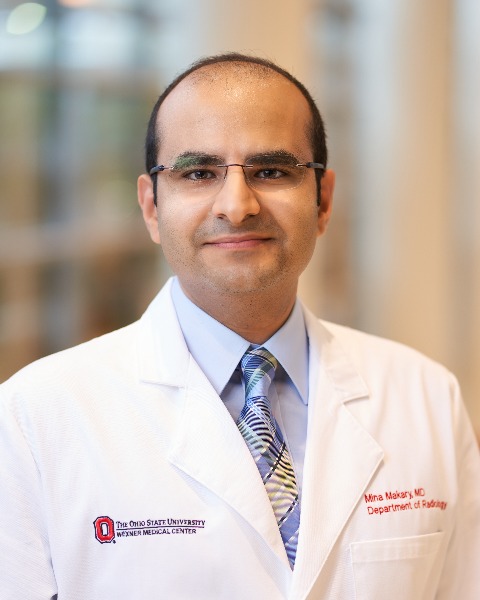SIR 2025
Interventional Oncology
Educational Exhibit
Noninvasive is Persuasive: Indications and Clinical Evidence for Noninvasive Solid Tumor Ablation using Histotripsy or High Intensity Focused Ultrasound

Warren A. Campbell, IV, MD, PhD
Resident
University of Virginia School of Medicine, United States
Mina S. Makary, MD (he/him/his)
Interventional Radiologist
The Ohio State University Wexner Medical Center, United States
Abstract Presenter(s)
Author/Co-author(s)
Background:
The treatment of solid tumors requires a multimodal interdisciplinary approach with the ablation of solid tumors becoming an integral interventional-oncology driven therapy. With the establishment of minimally invasive percutaneous techniques such as radiofrequency, microwave, and cryoablation as effective curative and palliative therapy, noninvasive techniques such as HIFU and histotripsy offer a noninvasive option for patients.1 While both techniques rely on a targeted ultrasound beam, their mechanism differs in that HIFU relies on rapid targeted thermal coagulative necrosis, where histotripsy creates microbubble cavitations that mechanically disrupts tissue to create an acellular homogenate. However, these techniques have significant limitations due to device size and patient anatomy, penetration of ultrasound waves, interference of bones and gas, and sensitivity of tumor targeting with patient breaths. We discuss the technical advantages and limitations of noninvasive ablation techniques and the evidence supporting their clinical implementation.
Clinical Findings/Procedure Details: This educational exhibit will: (1) review the biophysics and mechanism behind HIFU and histotripsy, (2) discuss the advantages and limitations of HIFU and Histotripsy relative to percutaneous ablation and to each other. (3) Review recommendations for use in solid tumors and clinical trials supporting their implementation (4) Discuss caveats and complications of noninvasive techniques (5) discuss evidence of abscopal effect in histotripsy (6) Summarize future directions and developments for these techniques.
Conclusion and/or Teaching Points: After reviewing this exhibit, the viewer will gain a deeper understanding of the mechanism behind HIFU and Histotripsy, the advantages of noninvasive ablation, and the limitations of the technology. The viewer will become familiar with the recommendations and clinical data supporting their use in the ablation of solid tumors.


.jpg)